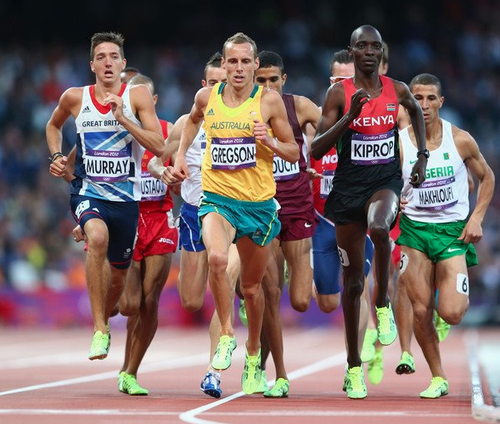
courtesy of google images
Kraft Foods Inc is an amazing company that has done so much for themselves, society and the economy. It was truly an amazing company to explore, probably a company I wouldn’t have thought twice about if it wasn’t for this assignment.
Overall, I found assignment 1 the most helpful in my learning experience of marketing. I think a facet I typically neglect to acknowledge is the external factors affecting a specific company and the CDSTEP and SWOT analysis helped to develop my learning process not only to Kraft but to other companies going forward. The ability to research a company, or anything for that matter, probably isn’t one of my strengths and I’m glad that I got to develop these skills during this assignment.
Assignment 2 was short and sweet. I liked that it allowed our group to be more creative in how we wanted to position the brand in our target consumers’ eyes (as we chose a segment Kraft doesn’t typically target).
Assignment three was where the struggle came in. The premise of what we had to talk about was great, however looking back on it, I definitely would have rather done a presentation than a video. I’m a person with very little knowledge on anything to do with technology let alone movie making and it was an absolute nightmare for me to even think about. On the bright side, I’ve picked up a couple new skills for when I one day enter the workplace.
The great thing about the assignment altogether was that it followed the course from start to finish and was really an overview of everything we done in class. In addition to that we got to research the same company through the project which I thought was extremely interesting and added to my marketing learning experience.




 This directly violates Dr. Silver’s ethical marketing rubric. It takes advantage of people who don’t fully understand the costs of each text messages, and preys on people who are fans of the rangers, not pro-cuts. Another unethical part of it is that it is unsolicited. You become the personal target of a new promotional deal without initial interest in the product. Marketing is supposed to give information, establish relationships and get people to do things that are valuable to them; SMS bait and switch does none of the above.
This directly violates Dr. Silver’s ethical marketing rubric. It takes advantage of people who don’t fully understand the costs of each text messages, and preys on people who are fans of the rangers, not pro-cuts. Another unethical part of it is that it is unsolicited. You become the personal target of a new promotional deal without initial interest in the product. Marketing is supposed to give information, establish relationships and get people to do things that are valuable to them; SMS bait and switch does none of the above.
 In addition to creating new market, Axe is trying to get more involved with their market. When launch
In addition to creating new market, Axe is trying to get more involved with their market. When launch


